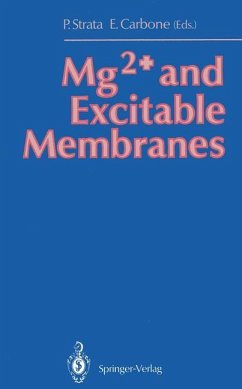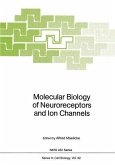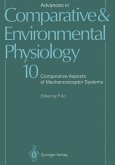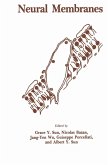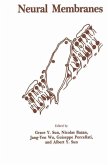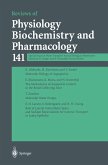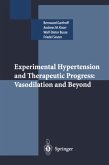The present book is the outcome of a symposium on magnesium and excitable membranes, held in September 1989 on the occasion of the 12th annual meeting of the European Neuroscience Associ ation in Torino. Leading specialists from around the world met in order to discuss the physiological and clinical effects of magne sium on excitable cells. Magnesium ions are known to playa key role in the regulation of a variety of cell functions and, as such, have been implicated in the control of neuronal excitability and cardiovascular diseases. In the last decade, the advent of new electro physiological techniques has provided important details on the modulatory action of mag nesium on ion channels and the receptor proteins of neurotrans mitters. Thus, in neuronal and muscle cells, extracellular and in is shown to block ion passage through open tracellular magnesium channels in a voltage- and time-dependent manner. The mecha nism appears to be common for voltage- and receptor-operated channels, and it is thought to be an important cofactor in the long-term potentiation of synaptic transmission, brain aging, and cardiac activity. Recent findings show that the action of internal magnesium has additional features. High and low affinity sites for internal magnesium are involved in the regulation of channel gat ings and ion permeation. Biochemical studies suggest that internal magnesium interferes with G-protein subunits, GTP-ase activity, and second messengers involved in channel phosphorylation.
Bitte wählen Sie Ihr Anliegen aus.
Rechnungen
Retourenschein anfordern
Bestellstatus
Storno

